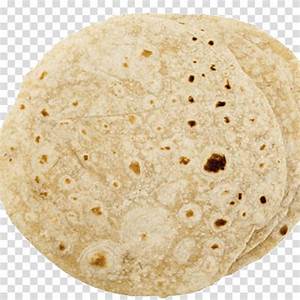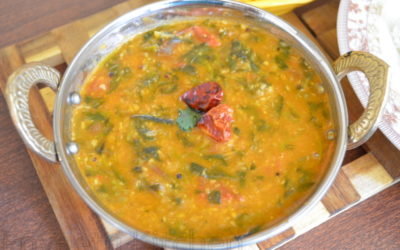The word roti is derived from the Sanskrit word rotika meaning ‘bread’. The Indian bread, is a staple food of the wheat growing regions of India, mostly in its Northern and Western belt. Although now, the roti is much in demand and relished even in the rice growing areas of the East and South states of India. This is because consuming rice has been much maligned by pharma companies, quick-buck-making nutritionists, health enthusiasts and doctors, as the no- no food for such lifestyle diseases as heart problems, blood pressure, obesity, diabetes, etc. The Roti is a round flatbread made from stone ground wholemeal flour (called atta), and water that is combined into a dough. Unlike its Western counterpart, the roti does not require a fancy oven, is unleavened (i.e. no raising agent like yeast or baking powder is used in its preparation) and therefore far more healthy than breads made in bakeries.
While wheat is a primary grain used for rotis, a wide variety of gluten-free grains and lentils such as grams, millets, jowar, bajra, maize, rice, amaranth, rajgir flours, are used as healthier alternatives to wheat flour, much to the delight of health conscious and vegan food enthusiasts. Rotis always need accompaniments such as vegetables, curries, pickles and the like to savour them.
There are a wide variety of flatbreads made of refined flour (maida) called naan, which are alien to Indian traditional cooking and do not find mention in the Bhagasastra.
Preparation
A roti dough is rolled out into flat round, square or triangular shapes, and cooked on a flat or slightly concave iron (or clay) griddle called a tawa. There are also a variety of rotis made using a traditional Indian oven called the tandoor, especially in the state of Punjab, where the flattened dough is stuck to the inside wall of the tandoor, where it bakes quickly at a high temperature. In everyday life and homes, the roti rolled out is called chapati and is made of whole wheat flour mixed into dough with water, edible oil or ghee and optional salt in a mixing utensil called a parat, and is cooked on the tava. Variations of the chapati include the phulka (in Punjab, Maharashtra, Gujarat) and maani in Sindhi.
Some roti recipes do use a home-made souring process called khameer, as also buttermilk, yoghurt, etc., for variety and healthier options.
Ingredients
The primary ingredients in rotis/pancakes are stone ground flour, salt (optional), and water to form the dough. Rotis are made into savories with the use of jaggery, coconut, etc.
Wheat Flour or Grits Pancake or Roti (Indian Bread)

- ½ Padi Wheat Grits or Flour
- 1½ Palam Ghee
- ⅜ Palam Salt
1. Mix the above ingredients well. Now add adequate water to make a uniform dough.
2. Keep the dough aside for 1 ½ hour. Take some dough, the size of a lemon, place it on a rolling board and roll the dough to make a roti, the size of a dosai (crepe) with half inch thickness.
3. Dust the wheat flour on the roller as well as on the dough before rolling to prevent it from sticking.
4. Place the pan on fire, made of either sand or stone or steel. Put the roti on the pan to cook.
5. Turn the pancake on the other side to cook, once it turns red or you can see bubbles appear on the pancake.
6. Follow the same steps for the rest of the dough.
7. You may use a rolling board or your palms to make the pancake. To make the pancake with your hands, use ghee on your palms to work with the dough. Alternatively, take 3-4 spoons of ghee and the same amount of water and apply it to both sides of the roti or pancake after it is cooked and taken off the pan.
8. This helps maintain the softness of the roti.
9. This roti can be eaten with any gravy, stew or dal (lentils). Spicy mango/banana paste(jam) also can be spread over the roti.





0 Comments